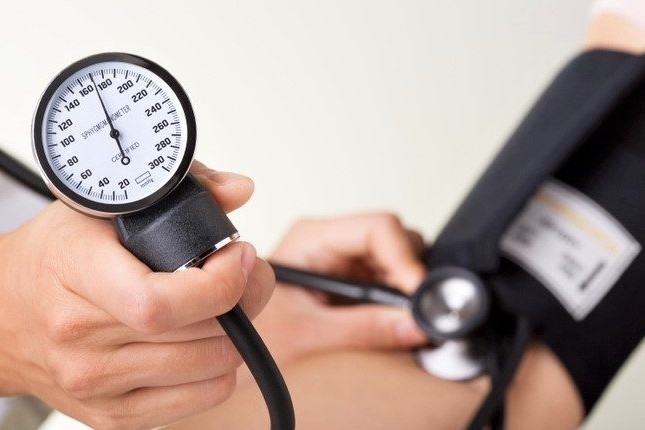
Hypertension: what it is and how to treat it
Hypertension is a pathological condition of the cardiovascular system that occurs when blood pressure, normally monitored in the overall assessment of an individual’s health, is out of the normal range
Arterial hypertension is commonly one of the major risk factors in adults and is most often caused by inappropriate lifestyles
It can be cured by pharmacological treatment but, as it is particularly dependent on individual choice, the best way to keep blood pressure under control and prevent hypertension from developing is to provide the right preventive information to change one’s lifestyle.
Arterial hypertension: what is it?
When the heart contracts, it pumps blood through the body, allowing it to circulate: the pressure generated by this movement is called arterial pressure.
If the values through which you monitor yourself are particularly high on a continuous basis, it may mean that you are subject to hypertension.
This is a condition that, if persistent, can be dangerous because in the long run it is associated with a progressive narrowing of the blood vessels, loss of elasticity of the artery walls and fatigue and thickening of the heart, with consequent damage to the entire cardiovascular system and the onset of diseases such as atherosclerosis, kidney failure and damage to vision, and predisposition to heart attack and stroke.
How is blood pressure measured?
Blood pressure is measured by two different values, systolic pressure and diastolic pressure, expressed in millimetres of mercury.
Systolic, or maximum, pressure is the pressure produced by the contractions of the heart to pump blood through the arteries.
It is usually 130 mmHg or less.
Diastolic pressure, or minimum, is measured between two contractions, when the heart is loaded with blood to be pumped.
Normal diastolic pressure values are 85 mmHg or less.
High blood pressure is diagnosed when the systolic pressure exceeds 140 mmHg and the diastolic pressure 90 mmHg.
Blood pressure should be checked periodically as it can vary considerably depending on the activity of the person and the time of day: for example, someone who is doing strenuous physical activity or is in a state of agitation will have a higher blood pressure than someone who is calm.
From the age of 35, or earlier in individuals who are familiar with the disease, two check-ups a year are recommended to detect any changes in values.
Checks are also important to detect a state of pre-hypertension, an alarm bell for the future development of the disease.
Pre-hypertension is defined as systolic pressure between 130 and 139 mmHg and diastolic pressure between 85 and 89 mmHg.
In the case of pre-hypertension, the person concerned will be asked to modify those behaviours that can actively influence the increase in blood pressure level.
Preventing hypertension
Hypertension can be prevented mainly by a healthy lifestyle that helps limit cardiovascular risk through diet, weight control, physical activity and psychological health.
In order to control blood pressure, one must follow a healthy diet, low in salt and rich in fruit and vegetables, with limited consumption of coffee and alcohol.
Current data show, for example, that a reduction of 5 grams in daily salt intake contributes to a 5 mmHg drop in blood pressure.
A high body weight means that the heart has to work harder to reach all the tissues. Overweight or obese individuals are therefore at risk of developing hypertension.
Physical activity also helps in controlling blood pressure, which will be regulated by constant exercise, which can also be of moderate intensity.
Stress is another risk factor: prolonged states of worry and anxiety are associated with increased blood pressure.
Finally, it is essential to stop smoking, as smoking is also a risk factor for hypertension.
How to treat hypertension
If, due to various factors related to individual medical history, a healthy lifestyle is not enough to keep blood pressure under control and high blood pressure develops, the only way to bring the values back to normal is pharmacological treatment.
Treatment will only be prescribed by the specialist following a thorough diagnostic and cardiological examination.
Read Also:
Thrombosis: Pulmonary Hypertension And Thrombophilia Are Risk Factors
The Incidence Of Deep Vein Thrombosis (DVT) In Patients With MIDLINE
Deep Vein Thrombosis Of The Upper Limbs: How To Deal With A Patient With Paget-Schroetter Syndrome
Knowing T. To Intervene On The Blood Clot
Venous Thrombosis: What It Is, How To Treat It And How To Prevent It


